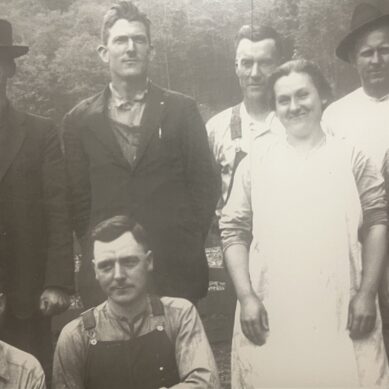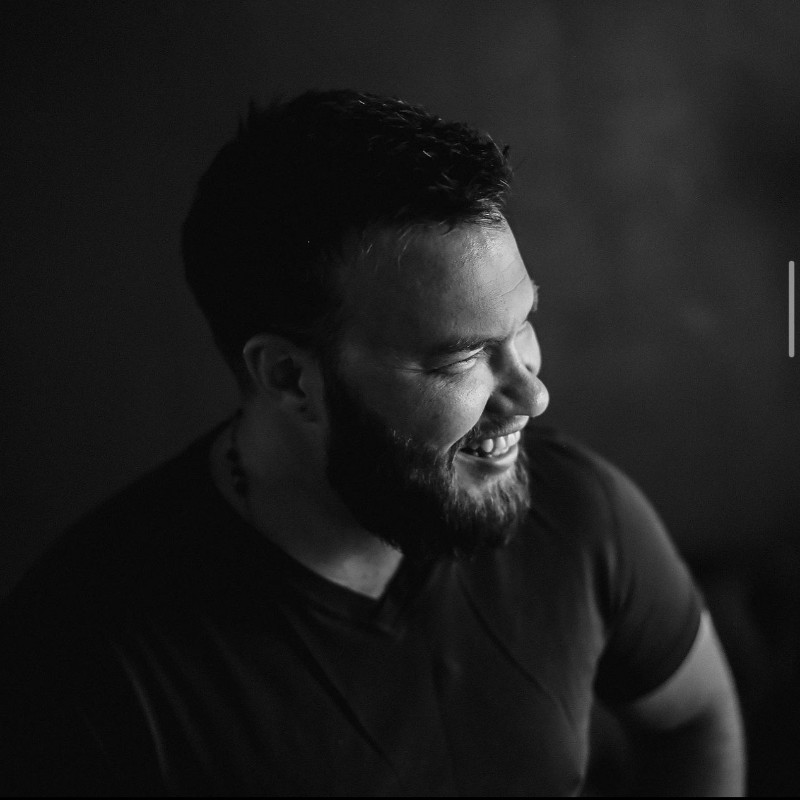There’s a story from the time of Jesus that’s often overlooked in leadership circles. Roman law allowed soldiers to force any Hebrew to carry their gear for one mile—a humiliating act of control. But Jesus didn’t tell his followers to resist.
He said, “If someone forces you to go one mile, go two.”
That second mile wasn’t about submission; it was about taking ownership. Reclaiming power. Leading with intent.
Fast forward 2,000 years, and today’s leaders are still asking their teams to walk miles. But in many organizations, it’s not vision they’re carrying—it’s dysfunction.
Businesses don’t fall apart because of bad products or weak service. They fracture from within when culture slowly erodes, often unnoticed. In my work with leadership teams, I’ve identified three silent threats that quietly kill morale and momentum. I call them The Triple Ds: Disconnect, Delay, and Distraction.
Disconnect
When communication fades, trust evaporates. People stop giving feedback. They stop caring.
They go silent—not because they’re content, but because they’ve given up.
Leaders often misread silence as peace or content. But it’s just the calm of people who’ve stopped trying and the calm before the “storm.” The “storm” is good people with talent walking out your door. More often than not, it isn’t for more pay, but for a fresh start where, just maybe, they will be heard and listened to again.
Ask yourself: Are my people being heard or just managed?
Delay
Fear of being wrong leads to decision paralysis. But waiting is a decision. When leadership stalls, nothing moves. And the longer you wait, the more your team notices, and even more so, your customer notices. What started as “being thoughtful” becomes a slow drip of lost trust.
Ask yourself: What decision am I sitting on that my team already feels the weight of?
Distraction
Busyness becomes a mask. Calendars are full of meetings and micro-tasking. Emails fly in and out of inboxes and deleted but nothing meaningful moves the needle towards long-term sustainable success. You’re working hard—but nobody’s work is aligned with one another.
And the real issues? Still untouched.
Ask yourself: Are we moving forward—or just staying busy with upkeep because you are so over capacity you can no longer see straight?
The real meaning of the second mile
A lot of junior-level employees end up in middle management roles. Why? Because they were really, really good at their jobs, but here is the thing, we as leaders most likely trained them how to be incredible at their jobs. When they move into middle management, they end up managing, often times micro-managing. Why? Because they really are better at the job than the other person, that is literally how they earned a role in leadership. But, that is the distinction. It is easy to manage people, but it is not easy to lead them. Leading comes from experience in practicing empathy, communication, and the ability to read a room and to notice when something is off. To say to your team when giving them a project “Do you have everything you need to be successful and how can I support you?”
Going the second mile isn’t about leading them, it’s about walking beside them. It’s not about doing more for your team.
It’s about leading better and removing the weight you never meant to put on their backs in the first place. Great leaders don’t delegate, they offer support. They listen early to their employees, the ones who serve the customers day in and day out.
They act boldly when something may be outside of their comfort zone and they build cultures that carry the right things:
Clarity. Trust. Ownership.
Leadership pulse
If your culture feels heavy, the answer isn’t to throw a pizza party or a branded hoodie. You need to seek the truth about what is weighing your teams down, and it starts with your leadership. Are they aligned with their team, or are they micro-managing from a panic room? Are they communicating clearly, offering support to their talent, and removing roadblocks? No one responds when they sense their leader or leadership is wavering. As leaders, we wear it like a “cone of shame,” and your team can see it a mile away.
So check yourself. Ask for honest feedback from your team. “What’s it like to be on the other side of me?” That question could change everything.
What great leaders can do
They pay attention to tension, they spot the employee who’s usually vocal suddenly going quiet. They follow up when energy dips — not with blame, but curiosity. They build environments where trust isn’t a buzzword. It’s a practice.
Where decisions are explained. Mistakes are owned. And communication is a two-way street. At the end of the day, your team isn’t looking for perfection. They’re looking for a human being who leads with purpose, empathy, and clarity.
They’ll walk that second mile with you—if they know you’re carrying the right things.























































